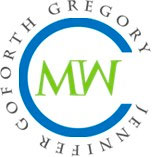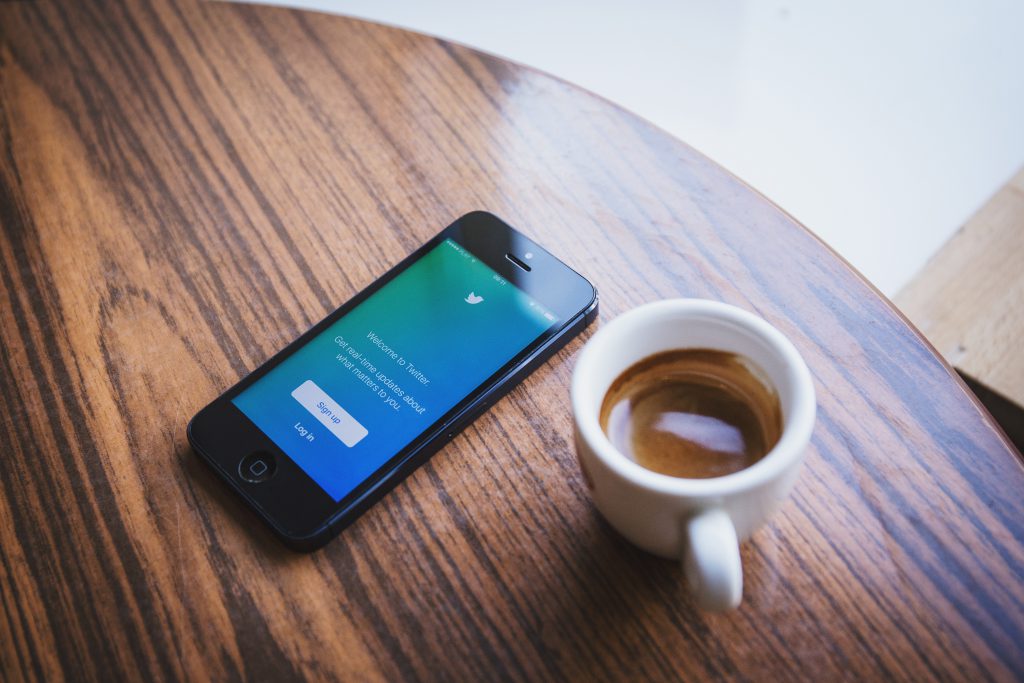You are Leaving Money on the Table if You Don’t Follow Up
Freelancing is a bit all over the map right now. Some writers are hearing crickets. Others are swamped. And then those that were super busy suddenly have a blank calendar. You should always be marketing for new clients, but right now I think it’s even more important. While inbound leads and referrals typically have a higher return rate, most writers find that they need to do cold outreach to fill in the gaps.
But many writers send out the LOI and then stop there. And they miss the most important step – following up. When you send out LOIs, you need to follow up. Just because you don’t hear back from someone, it doesn’t mean they won’t want to hire you in the future. Read this post for my (comical) thoughts on why you’re hearing crickets.
I’ve said it before and I’ll keep saying it. If you don’t follow up, you are leaving money on the table. And honestly, I don’t think LOIs are worth the effort if you don’t follow up. Most gigs are landed on the follow up. And you are not bothering people by following up—as long as you are professional and aren’t emailing them daily, of course. In fact, you are offering them a service that they need to do their job.
You almost never land work right away. Sometimes you do. And that’s awesome—but it’s the exception, not the rule. Instead of thinking of LOIs as looking for work, change your mindset to think of LOIs as looking to build a relationship with a potential client. I’ve often referred to an LOI as a pickup line, which I believe is 100 percent accurate. Once I starting thinking of it that way, I stopped expecting instant results and was more focused on following up.
Landing work through an LOI is almost always a matter of timing. If you are qualified and your email lands in their inbox when they have an immediate need, then you may likely get work. But if there is no work at that moment, then you won’t get a project, no matter how perfect and awesome you are. When you follow up, you increase the odds of nailing the timing.
And if you get a response that the client will keep your information on file, don’t think it’s a kiss-off. Check out this blog post to learn why. You actually have a high chance of getting work from these clients by following up – see the timing explanation above. In my experience, these clients are the ones to make sure that you follow up with.
7 steps to simplify the follow-up process
While I highly recommend the relationship building tips above, I do think that directly checking in is super important as well. There are some tricks I’ve learned to make following up quicker and more effective.
- Build a relationship. Instead of just asking for work look for ways to demonstrate your value and help the company get to know you. Follow the editor on social media and share their posts. Comment on blog posts. Send articles that may be of interest. Check out this post for more ideas.
- Create a template to use for your follow ups. Then be sure to personalize it as needed. This is especially true if it’s someone you’ve talked to on the phone or done work for already. If you need a starting point, you can check out the template in this post.
- Forward your original email. Instead of crafting a brand new email, forward your original email. This saves you from having to craft another LOI and also reminds the editor that they didn’t respond to you the first time, which increases your chances of a reply.
- Add “Following Up” or “Second Try” in the subject line. Keep the original subject line, but add these words to the beginning or end. I know when people do this to me, I pay attention and respond. I have found that this works, especially with warm leads. Sometimes your initial email just gets buried.
- Create a schedule for following up and make it a routine. I follow up at three weeks and then every two to three months after that. If someone responds and we start a conversation, then I ask when would be best to follow up. And then I add it to my calendar.
- Add any new information. This morning, when I followed up with the editor that I’d worked with previously, I added in a new clip related to his project that I’d written since we last talked. He had wanted someone who was an expert in the field, and this showed I was actively writing in that space. So if it’s been a few months since your first email and you’ve added new brands or clips, add them in the follow up. It can only help.
- Write the follow ups outside of business hours and save in draft. Writing follow ups is something I can do while watching sports or TV. But instead of sending them at 11 p.m. on a weekday or 3 p.m. on a Saturday, I save the emails in draft and send them during business hours. (Some writers in the FCMW group are using email scheduling tools to automatically send out the emails the next morning, which is pretty clever!)
Share your stories of landing work on the follow up. What are your best tips for following up?



This is such sage advice, Jennifer. I *always* follow-up, a week after my initial LOI and then once every 3 months unless or until the prospect tells me to stop. I send notes to existing clients as well as to those I have never worked with before. Like you, I see these notes as relationship builders. I have gotten work *years* after starting a conversation with a potential client. My longest ‘cultivation period’ was 4 years, and now that client is a regular customer. When she was ready for a writer, I was the first person she called. It’s all about being in the right place at the right time.
Jennifer, I could not agree more with what you are saying here. Just from eyeballing my client list in 3 years of freelancing, I’d venture that about 80% of my clients have come through repeated follow-up. I can’t imagine where I’d be without regular follow-ups!
[…] that if you aren’t following up on LOIs you are leaving money on the table. As I wrote in this post a few weeks ago, sending LOIs is a long game and you should view it not as asking for work, but starting a […]
What is a good period of time for follow-up? I would think 72 hours, but I am just starting in this business and really do not know. Thank you!
72 hours is way too short. i do 3 weeks and then every 2 to 3 months.
Hi Jennifer, this is super helpful. What timeline do you use for potential clients who are really positive on a discovery call and say something like – “I’d like to connect you to my colleague, I’ll follow up by the end of next week” and then don’t respond. Do you follow up sooner than 3 weeks? I’m guessing yes, just curious if you have any specific advice for those kind of interactions. Thanks!